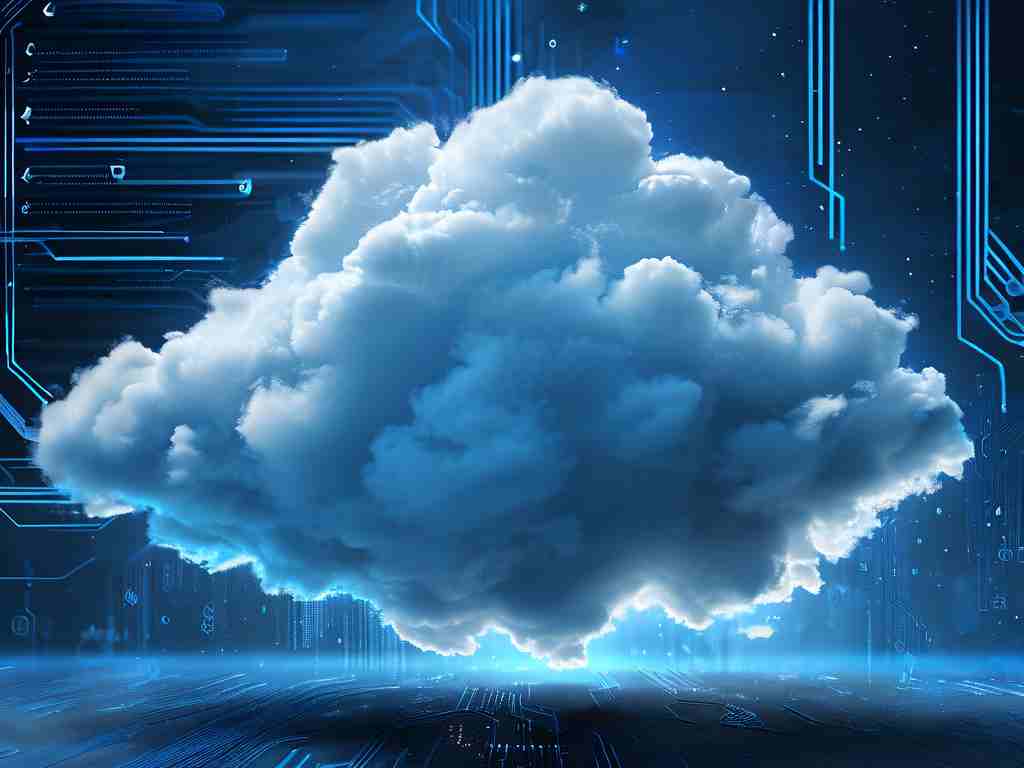Cloud computing has become a ubiquitous term in modern technology discussions, often associated with data storage, remote servers, and internet-based services. However, a common misconception persists: many conflate cloud computing with network-based storage, reducing its complexity to a mere digital filing cabinet. This article explores the distinctions between cloud computing and network storage, their functionalities, and why understanding these differences matters in today's tech-driven world.

Defining Cloud Computing
Cloud computing refers to the on-demand delivery of computing resources-including servers, databases, software, analytics, and intelligence-over the internet. It operates on a pay-as-you-go model, enabling businesses and individuals to scale resources without physical infrastructure investments. Key characteristics include:
- Service Models: Infrastructure as a Service (IaaS), Platform as a Service (PaaS), and Software as a Service (SaaS).
- Deployment Types: Public, private, and hybrid clouds.
- Core Features: Elasticity, self-service provisioning, and broad network access.
For example, platforms like AWS or Microsoft Azure offer not just storage but also machine learning tools, virtual machines, and application hosting-capabilities far beyond simple file storage.
Network Storage: A Narrower Scope
Network storage, on the other hand, focuses specifically on storing and retrieving data across networked devices. Examples include Network-Attached Storage (NAS) devices or cloud storage services like Google Drive or Dropbox. Its primary purpose is data accessibility and backup, lacking the computational power or versatility of cloud computing.
Key Differences
- Functionality:
- Cloud computing provides processing power, application development environments, and advanced services like AI or big data analytics.
- Network storage is limited to data management.
- Scalability:
- Cloud resources can dynamically scale to handle compute-heavy tasks (e.g., video rendering or real-time analytics).
- Network storage scales only in capacity, not computational ability.
- User Control:
- Cloud users often manage virtual machines, security protocols, and software stacks.
- Network storage users primarily control file organization and access permissions.
- Cost Structure:
- Cloud computing bills for active usage (e.g., CPU hours, API calls).
- Network storage costs correlate with data volume and transfer limits.
Why the Confusion Exists
The overlap arises because cloud computing includes storage as one component. Services like Amazon S3 (Simple Storage Service) are part of cloud ecosystems but represent just a fraction of their capabilities. Marketing language further blurs lines-terms like "cloud storage" emphasize accessibility, overshadowing the broader computational context.
Real-World Implications
Misunderstanding these concepts leads to inefficiencies. A company might adopt cloud storage without leveraging cloud computing's potential for automating workflows or analyzing data. Conversely, overpaying for unnecessary compute resources when only storage is needed highlights the importance of clarity.
Case Study: Streaming Platforms
Consider Netflix. Its reliance on AWS isn't just for storing video files (network storage) but also for encoding media, managing user recommendations (machine learning), and handling global traffic spikes (elastic computing). This exemplifies how cloud computing transcends storage.
The Future of Cloud Services
As edge computing and AI evolve, the gap between storage and computation will widen. Hybrid models will integrate localized storage with cloud-based processing, emphasizing the need for precise terminology.
Cloud computing is not synonymous with network storage-it is a multifaceted ecosystem enabling innovation far beyond data retention. Recognizing this distinction empowers users to harness its full potential, optimize costs, and drive technological progress.


